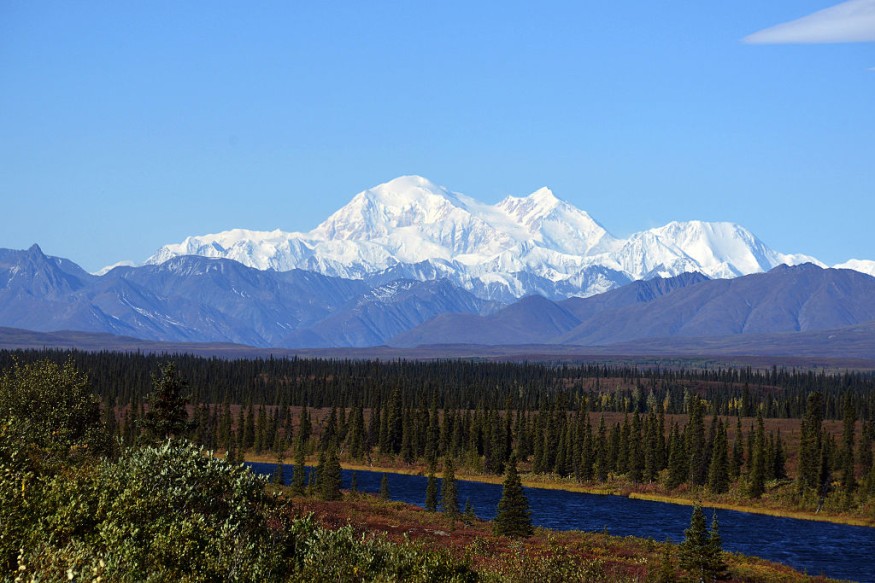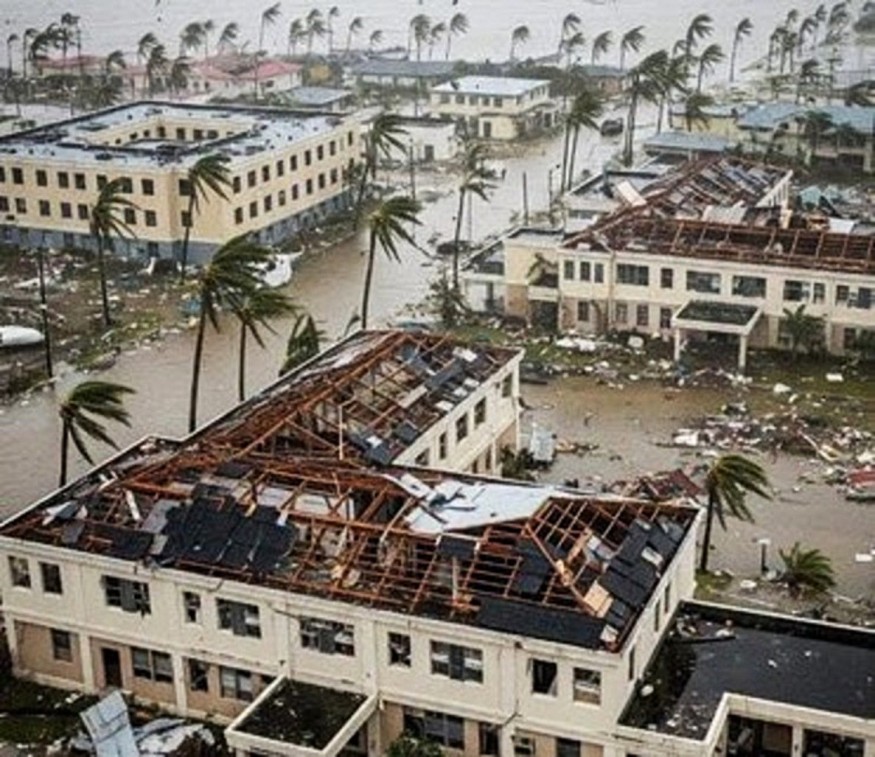
Mount Denali, standing proudly as North America's tallest peak, has long fascinated both adventurers and scientists.
Now, groundbreaking research has revealed how this majestic mountain was formed, shedding light on a geological process that unfolded millions of years ago.
How Ancient Landmass Collisions Forged Mount Denali's Towering Heights
The formation of Mount Denali can be traced back to the Denali Fault, a strike-slip fault where two massive chunks of the Earth's crust slide past each other. Scientists have discovered that this fault played a crucial role in the mountain's creation between 72 million and 56 million years ago.
During this period, a significant geological event occurred: the Wrangellia Composite Terrane, an oceanic plate, collided with and fused to the western edge of the North American continent.
This collision didn't just create a mountain; it stitched together two previously distant landmasses. The Denali Fault, along with two other nearby faults, formed simultaneously under unique conditions.
Researchers confirmed these findings by studying rocks and minerals along the faultline, stretching over 620 miles from Alaska to Canada.
According to BGR, one of the most intriguing aspects of this discovery is a phenomenon known as inverted metamorphism. Normally, rocks formed under intense heat and pressure are buried deep beneath the surface, while less pressurized rocks remain near the top. However, in the Denali Fault, this process flipped.
Scientists found older, high-pressure rocks resting above younger, low-pressure ones. This unusual arrangement offers clues about the immense tectonic forces that shaped the region.
Read more: How Does Climate Change Affect Christmas?
Geoscientist Reveals Groundbreaking Findings on Mount Denali's Formation
Sean Regan, a geoscientist at the University of Alaska, led the research, focusing on three key locations along the Denali Fault: Clearwater Mountains in Alaska, Kluane Lake in Canada's Yukon Territory, and the Coast Mountains near Juneau, LiveScience said.
By analyzing the mineral monazite, which changes under pressure and heat, Regan and his team confirmed that these areas shared a common origin. "The rocks behaved in a similar way and formed under similar conditions," Regan explained, pointing to a synchronized event that bound the landmasses together.
While it's no secret that tectonic plate collisions have shaped the Earth for billions of years, the simultaneous formation of three fault sections under such unique circumstances sets Mount Denali apart. Today, this towering peak serves as a testament to the powerful forces beneath our feet and offers a glimpse into the dynamic history of our planet's crust.
Thanks to this new research, Mount Denali is more than a natural wonder; it's a geological masterpiece that holds the story of how North America's tallest mountain came to be.
© 2025 NatureWorldNews.com All rights reserved. Do not reproduce without permission.





